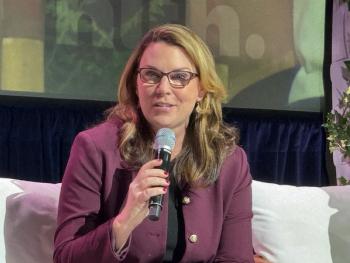
Bridging the Gap: Moving Large Healthcare Systems into the Home
Moving healthcare home is just part of the growing personalization of healthcare that has been made possible by advancements in technologies that seamlessly connect a patient to their care team.
Over the last several years we have seen a gradual shift towards home healthcare and a renewed effort by physicians across the spectrum to support aging comfortably in place. While the COVID-19 pandemic and its dramatic impact on hospitals and senior care facilities have certainly accelerated the adoption of this model, many hospitals and health systems were making gradual investment in the home care delivery model long before overcapacity, fears of COVID infection, and patient isolation came to the forefront.
One of the biggest non-COVID factors fueling this shift is the looming surge of older Americans. According to
Recently, we have begun to see more action when it comes to federal support for this shift in care. Part of President Biden’s newly announced $2.3 trillion
Benefits of Moving More Healthcare Home
Over the last several years we have just begun to see the benefits of this evolution in post-acute care delivery. Not only do seniors
For hospitals and health systems, the growing momentum behind value-based care models coupled with programs like CMS’
How Technology Is Enabling Better Collaboration
Leveraging new health technology has been—and will undoubtedly continue to be—critical to ensuring that seniors have access to the same care coordination support that they would in an acute or skilled nursing setting.
In one hospital study, approximately 20% of patients were
How Hospitals Are Benefitting from the Shift
The good news is that not only are these technologies increasingly accessible and customizable, but financially advantageous for health systems to implement. The Affordable Care Act, CMS’
The impact of this shift is, rightfully, becoming a major topic in the national conversation around healthcare. Big-tech leaders like
As an unprecedented number of older adults enter retirement age, the entire healthcare continuum, from older adults to pediatrics, will need to be prepared to handle and adapt to a higher demand on resources than ever before. Moving healthcare home is just part of the growing personalization of healthcare that has been made possible by advancements in technologies that seamlessly connect a patient to their care team. In the coming years, physicians must be poised to leverage these technologies to continue providing care that keeps patients safe, allowing them to recover, rest, and age in place.
About the Author
David Hunt is the founder and chief marketing and development officer at



































